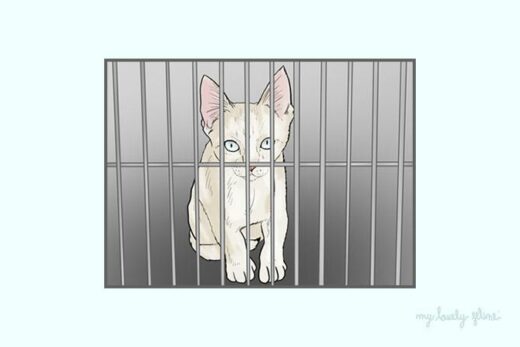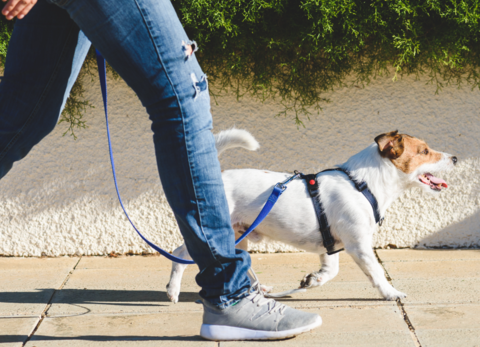Every pet parent is familiar with the risk and fear of losing their beloved dog or cat. Afterall, studies show that 1 in 3 pets will go missing in their lifetime. The good news is that nowadays, there is pet technology that can help. So you’ve heard about radio frequency pet trackers, GPS dog and cat trackers, even Bluetooth trackers… how to choose the right pet tracking device for you? In this post, we’ll cover everything you need to know about radio frequency vs GPS pet trackers, including reviews from real pet parents. Discover everything you need to know to follow your dog or cats every step for their safety and your peace of mind, below.
Table of contents
- What is radio frequency?
- What are radio frequency tracking devices?
- Is radio frequency safe for pets?
- Radio frequency pet trackers
- Pros
- Cons
- User reviews of radio frequency pet trackers
- The bottom line on the radio frequency pet tracker option
- Peace of mind with a GPS pet tracker
What is radio frequency?
Bear with us for a moment for the technical stuff: radio frequency refers to the fluctuation of electromagnetic energy within a certain frequency, namely 3 kilohertz (kHz) to 300 gigahertz (GHz). Here is a more detailed definition of radio frequency from the Federal Communications Commission:
Electromagnetic radiation consists of waves of electric and magnetic energy moving together. Radio waves and microwaves emitted by transmitting antennas are one form of electromagnetic energy, collectively referred to as “radiofrequency” or “RF” energy or radiation.
Source: RF Safety FAQ
What are radio frequency tracking devices?
Naturally then, radio frequency trackers (RF trackers) or radio frequency tracking devices are tracking devices that use radio frequency to send and receive information between two components, for location tracking purposes. Some trackers use mainly radio frequency technology, whereas others use it along with a combination of other tracking technologies (Bluetooth, GPS, cellular, satellite).
Is radio frequency safe for pets?
Many pet parents wonder if radio frequency pet trackers could be dangerous to their four-legged friend. Safety is an important factor to consider when purchasing any product for your pet. So is radio frequency safe for pets?
A 2021 study in the animals journal by Klune, Arhant & co. investigated any potential health risks to pets associated with exposure to radio frequencies by tracking devices and other RF appliances. The study found that radiation exposure was well below international limit values – meaning that adverse health reactions in pets or humans are unlikely.
So just as cell phones are considered safe for human use, radio frequency devices are considered safe for pets.
In fact using radio frequency technology in household products is nothing new. It’s an essential component of your television, computer, mobile phone, radio and even remote-controlled toys.
Radio frequency pet trackers
Some companies make radio frequency trackers specifically for pets. Radio frequency pet tracker brands include:
- TabCat Pet Tracking System
- Esky Wireless Radio Frequency Locator for Pets, Keys, and Wallet
- Girafus Pet Safety Tracker
- Loc8tor Finder Tracker
- Eureka Technology Marco Polo Advance Pet Tracking System
The radio frequency locator typically comes with one remote and one or more tags, which you can atttach to your pet’s collar. As our friends at The Nomad Cats explain:
It works like a compass: You need to be within a (claimed) distance of 130 meters to pick your cat’s location. A light and / or sound will then increase or decrease to indicate how close you are to your cat.
 Pros
Pros
- Small size
- One-off cost, no subscription fee
- Not dependent on cellular network or GPS
- Long lasting battery: up to one year
- Accurate (within a short distance)
 Cons
Cons
- You can only detect your pet’s location within a radius of 130 meters.
- Trees and other natural or manmade obstacles can decrease the functional distance of the radio frequency tracker.
- No back up localization option: You are helpless if you cannot pick up your pet’s location signal.
User reviews of radio frequency pet trackers
So let’s look at some real user experiences to get insight on the effectiveness on radio frequency trackers for pets. At first, when Martina (who runs The Nomad Cats) received the TabCat locator, she tried it out immediately on her cats. And it worked in the Alps, outdoors, when the cats didn’t venture too far from home. However, one time, she writes…





